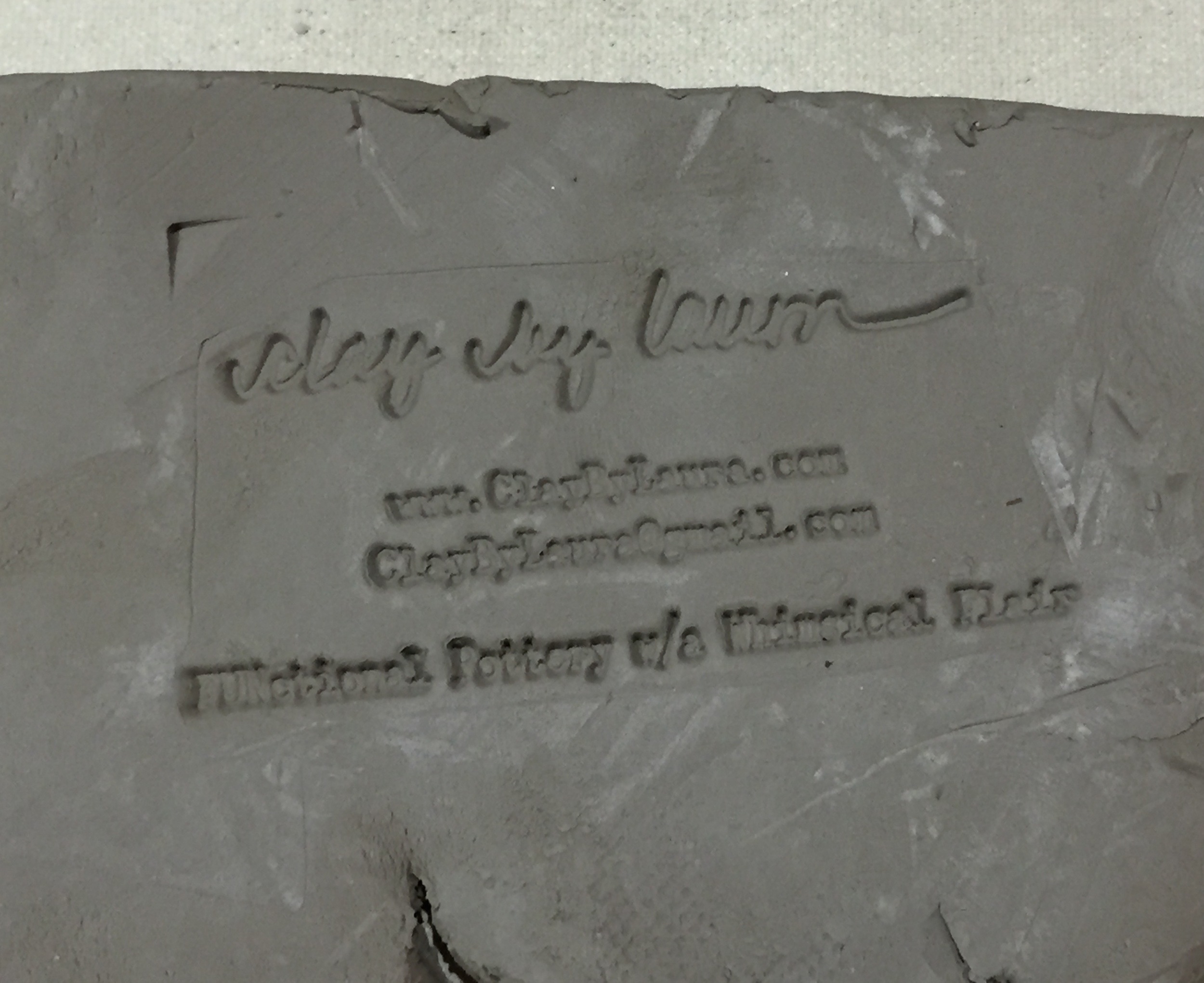Clay and all its intricacies can humble even the most experienced potter. The process requires many stages for full completion and end results can be hard to predict. Time, practice, repetition and success help defray the frequency of mishaps and poor outcomes—but the base materials including earth, chemicals, fire and water can be tricky to navigate.
As a clay beginner, pots that are ‘still standing’ after their two firings (bisque and glaze) define success. As the progression of skills and experience happen, that once acceptable vessel no longer meets immediate approval. New standards are defined and met as skill evolves. I made this mug as an art class project in elementary school. I'm not sure it will hold liquid and see its flaws more clearly now. Of course back then to me, it was perfect!
Often, early clay practitioners give away their pieces to family and friends as they hone new skills and their inventory grows. If an artist transitions to selling their creations, a new level of standards become necessary. Once acceptable flaws like hairline cracks, rough clay surfaces or bad glaze results do not meet the standards for a successful sale.
My studio is filled with pieces from other artists in addition to my own lifetime of work. It inspires and reminds me of the path I've taken over the years to become the clay artist I am today. It's an ongoing journey. Each time I've accomplished a new skill or met a self-imposed higher standard, there are still others to achieve.
Before any piece leaves the studio, I try to make sure it represents the skill level, care and standards I practice in the studio on a regular basis. If it's a custom order, it might mean making a second version if these standards are not reached the first time it's made. It's the finicky nature of clay. But the end result is also an expression of me -- and I like to make sure I keep showing my best by keeping the standards high.



